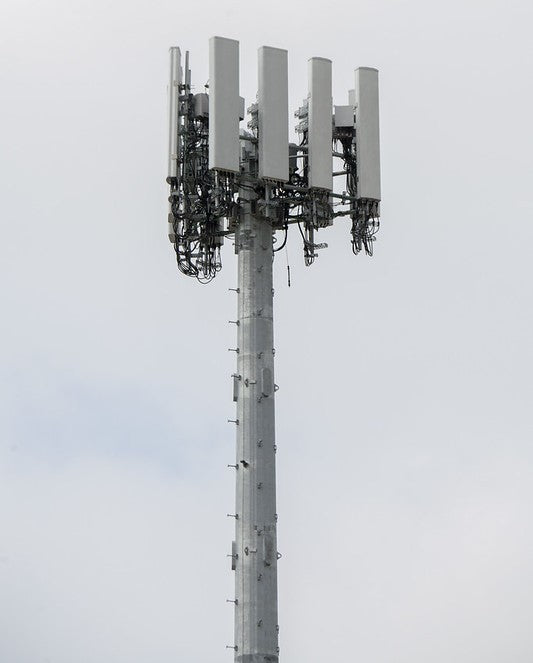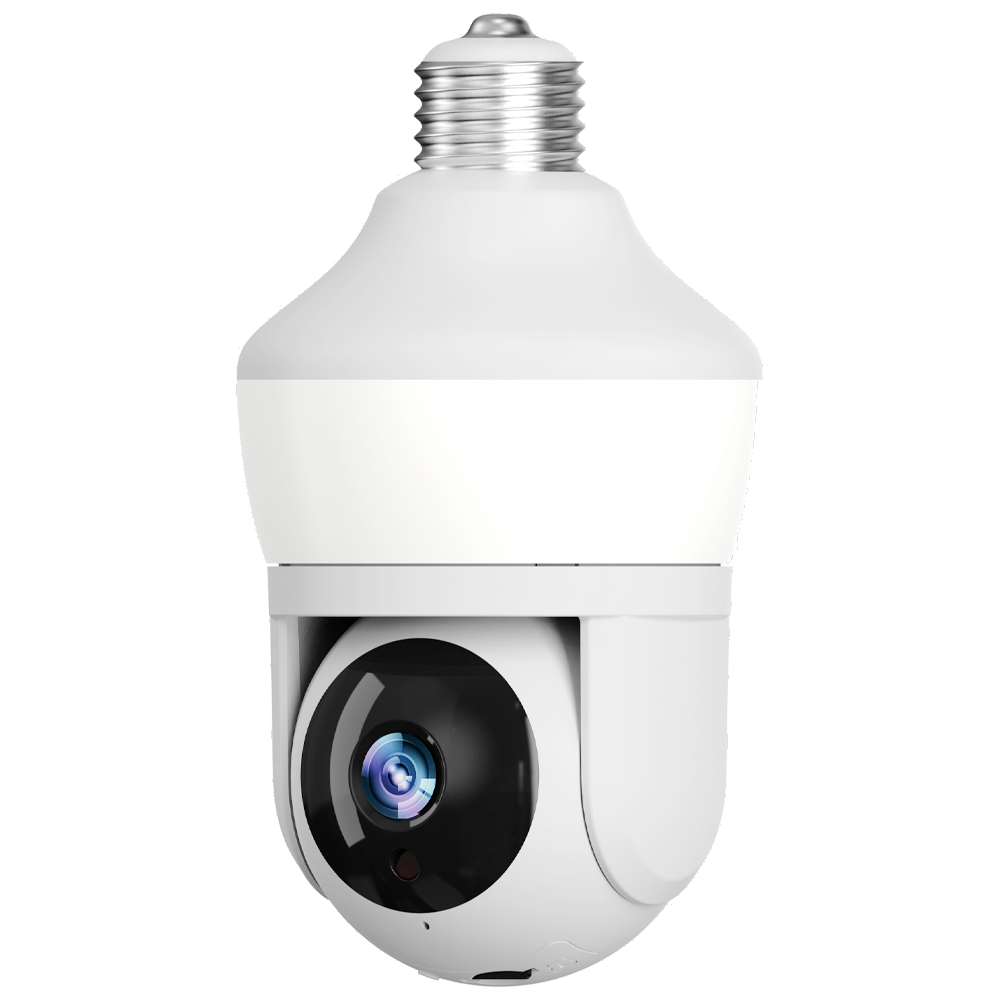5GHz Wi-Fi is NOT 5G!
Thanks to the tech world's bad naming, many people are confused by all these numbers and the practical differences between them. This page aims to clear things up.
5GHz refers to Wi-Fi, 5G refers to Cellular

Wi-Fi vs Cellular
Wi-Fi and Cellular data are the two main ways we connect wireless devices to the internet.
Wi-Fi is broadcast from a router in your home. It has a range just strong enough to cover your living space and is password protected so your neighbors can't access it.
Cellular is broadcast from cell towers. They have a huge range and provide coverage across the country. Commonly referred to as 3G, LTE, 4G or 5G
Photo courtesy of Lance Cheung, USDA
Wi-Fi Frequencies Explained
Wi-Fi has multiple frequencies, 2.4GHz and 5GHz are the most common ones. If you're wondering what "GHz" even means, it is the unit of measurement for the frequency of radio waves. Pronounced "Giga-Hertz."
To simplify things, think of 2.4GHz like AM radio and 5GHz like FM radio. AM sounds worse but can travel longer distances. FM sounds better but can't travel as far.
Equivalently, 2.4GHz Wi-Fi is stronger and can travel further. But 5GHz can carry much more data at the cost of range. Most devices will prefer 5GHz but automatically fall back to 2.4GHz when the 5GHz signal isn't strong enough.

How does this affect Sight Bulb?
Since 2.4GHz has a stronger signal with a larger range and better wall penetration, that's what we chose to use for Sight Bulb.
This allows you to place a Sight Bulb outside your home and still connect to your Wi-Fi.
If for some reason you don't have 2.4GHz Wi-Fi in your home, Sight Bulb PRO also supports 5GHz.
